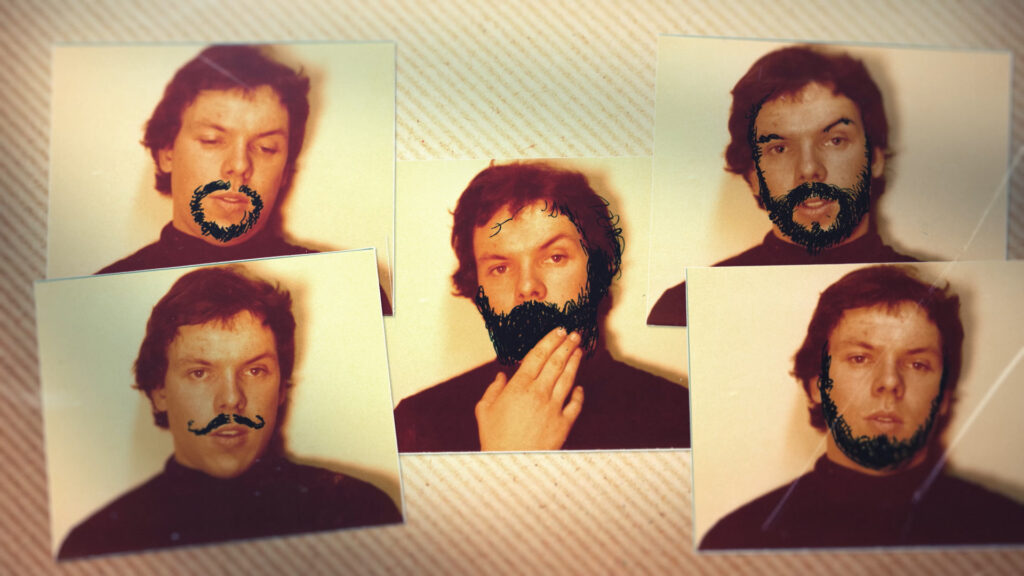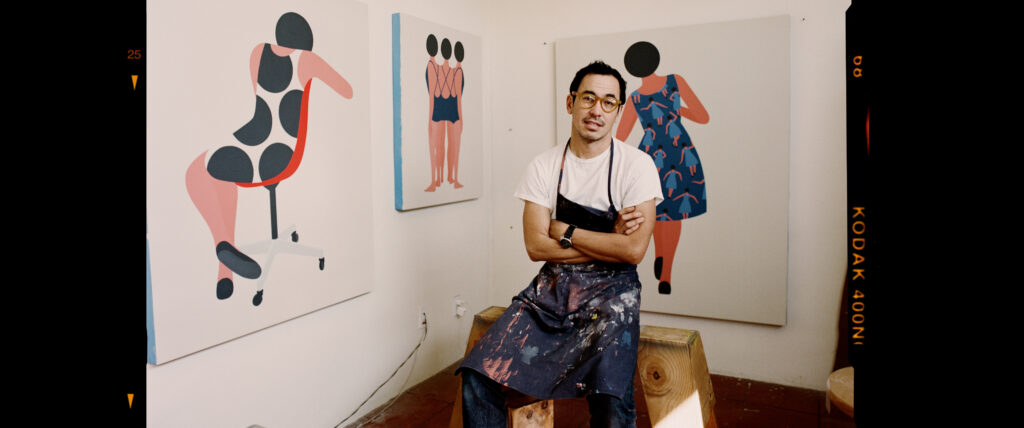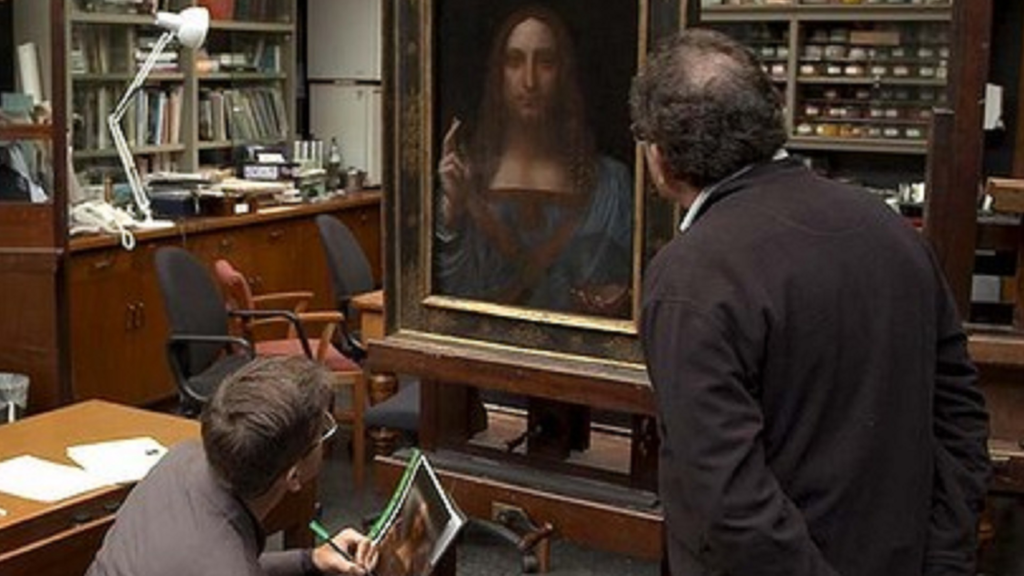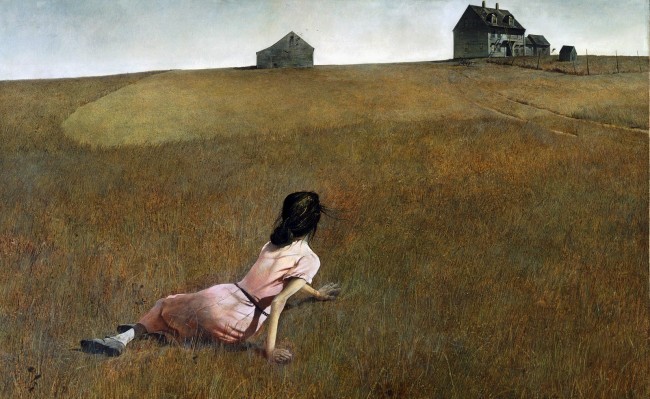
Art for Everybody, the absorbing and revelatory biodoc of painter-entrepreneur Thomas Kinkade, begins with an audio recording of a 16-year-old Kinkade, aspiring to become a famous painter when he grew up – but not a poor one. He succeeded beyond his wildest dreams, harvesting great wealth by creating demand where none had existed and filling it with what he, controversially, called art. After trading on his conservative Christianity, his business model became unsustainable, and Kinkade, living apart from his family, drank himself to death.
That’s a hell of a rise-and-fall story arc, but it gets better. After his death, his family finally saw the other 90% of Kinkade’s work, secreted away in a room they had called “the vault”. Those paintings, so shockingly different than his commercial ones, revealed a Kinkade that he had hidden from everyone. I like documentaries that are jaw-droppers, and this is one. In her first feature, director Miranda Yousef, who also edited, unspools Kinkade’s story flawlessly.
Kinkade, an astonishingly fast and prolific painter, built his empire on sentimental and comforting landscapes with exaggerated light features, such as warm light glowing from the windows of a forest cabin at night. That signature became the Kinkade brand, and he even trademarked the self-given moniker, “Painter of Light”. Because they don’t evoke anything but passive contentedness, I wouldn’t even describe these paintings as art, but rather as decoration or collectibles.
Their themes are more fantasy than nostalgia. For example Art for Everybody shows a Kinkade street scene of busy San Francisco, filled only with all-white, heterosexual families; as a lifelong Northern Californian (like me), Kinkade would surely have known that this was a San Francisco that has never existed.
Kinkade’s open religiosity attracted customers and investors. He exploited the culture wars and even advocated the censorship of other artists like Robert Mapplethorpe and Andres Serrano.
Kinkade, busy opening galleries in shopping malls, was already the painter who had sold the most canvases and prints in history before many in the fine art world had ever heard of him. In 2001, when Susan Orlean profiled him in The New Yorker, pointing out that ten million people owned Kinkade products, the traditional art critics seemed to howl in unison, “how DARE he?“
Art for Everybody is impeccably sourced with testimony from Kinkade’s wife and kids, his siblings, the co-founder of his company, along with Orlean and a bevy of experts in the fine arts world. I can’t remember a documentary where the subject’s family was more clear-eyed about their deceased loved one. They clearly love the guy, but pull no punches about his quirks and flaws.
In one revelatory moment, Yousef shows us a home movie of Kinkade taking his family back to see the modest house where his single mom raised Thomas and his siblings. As a kid, Kinkade was deeply ashamed of this home, and vowed to live more comfortably as an adult. As Kinkade shows his wife and kids around, it’s clear that he saw it as hell hole. Placerville, however, is not a bougie place, and Kinkade doesn’t report that he was spurned or teased because of his home, nor do his siblings seemed to be scarred by it. Clearly, the shame he felt was internally driven. Kinkade’s brother spells out what appealed to Kinkade about painting cozy cottages.
This was a a very complicated man – fun-loving dad and workaholic, a talented fine artist who aimed for the lowest common denominator. Once we’ve seen him as a proudly philistine huckster, it’s breathtaking to discover what he painted for himself and hid away. Might Kinkade have destroyed himself by not working out his demons through his art?
After premiering at the 2023 SXSW and a strong festival run, Art for Everybody is rolling out in theaters.




